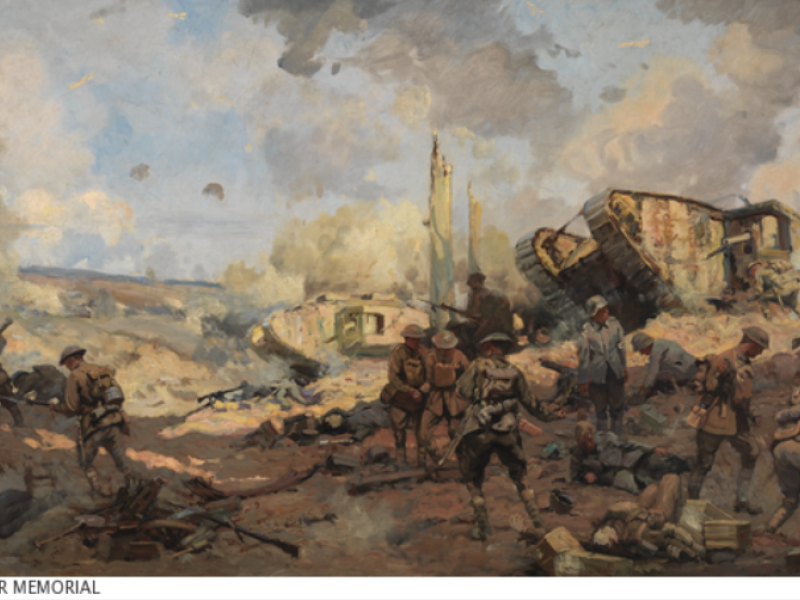Private Sylvester Sullivan, 4th Battalion, AIF - part 2
In September, Sylvester admitted that he had enlisted under a false name. After signing a statutory declaration, he was allotted a new service number as Sylvester Sullivan. Shortly afterwards, he was charged again for absence without leave. On 21 October, he disappeared for 26 days, until arrested. Sullivan was taken to the garrison hospital and lodged in the guard room.
During this period, Alice Sullivan wrote to Lieutenant Wiseman, who had charge of Sylvester while training, and asked:
“Will you please let me know why I have received such a small sum this pay. I have made an agreement with the police not to have my husband arrested if I am sent the correct sum each pay. If he does not think he can allot me so much please let me know. I am very disappointed today as I had such a lot to do with the money if it had been sent to me.”
By 19 November, Sullivan had had enough. Taking money from the headquarters office and a bicycle with broken brakes, he deserted from Menangle Park.
Three weeks later, Sullivan again enlisted, this time in Albury as Darcy Wills, a groom from Lockhart, New South Wales, and giving his wife’s name as Mary Wills.
On 28 February, Private Wills left Melbourne with reinforcements for the 4th Battalion, arriving in France on 23 July 1918.
On 8 August 1918, the battalion was in Amiens for the Hundred Days Offensive. The initial attack broke through German lines, sowing panic and confusion.
The collapse in German morale led General Erich Ludendorff to dub it “the Black Day of the German Army”. As the Allies continued the advance, the Germans were forced back to the Hindenburg Line.
In the pre-dawn dark of 23 August 1918, the 4th Battalion prepared to attack, with the 5th and 1st Battalions on their right and left respectively. Positions were taken before 4am, before a 5am assault.
By this late stage of the war, the organisation was detailed and comprehensive; the battalion cooperated with a group of six tanks, with planned coordination of trench mortars and Vickers machine-guns. Ground flares signalled aeroplanes to counter-attack and drop ammunition.
Despite meticulous planning, a demoralised enemy, and a successful attack, casualties were inevitable.
Among the dead was 34-year-old Sylvester Sullivan, wearing the ID tag of Private Darcy Wills.
Unsurprisingly, no trace of Darcy Wills’ next of kin could be found by military authorities.
In November 1923, Alice Sullivan wrote to inquire about her husband’s war medals, and identified Darcy Wills as the alias of Sylvester Sullivan. An investigation began, and after interviews with Sylvester’s parents, the Trangie police, and a veteran who had known him as both Sullivan and Wills; in 1925, it was concluded that Samuel Brown, Darcy Wills, and Sylvester Sullivan were all one and the same person.
Today, Sylvester Sullivan’s remains lie in Heath Cemetery in France.
Duncan Beard, Editor, Military History Section
Image: Painting of “Breaking the Hindenburg Line”, artist: Will Longstaff, 1918
- Australian War Memorial https://www.awm.gov.au/collection/P11030311

 Australian War Memorial
Australian War Memorial